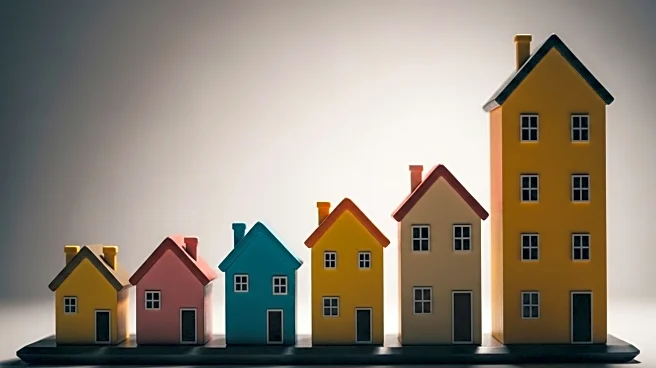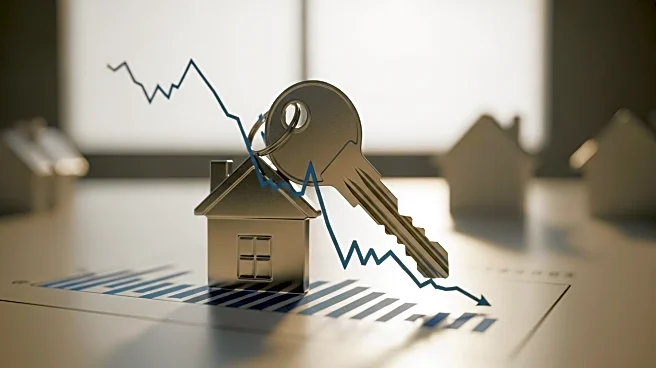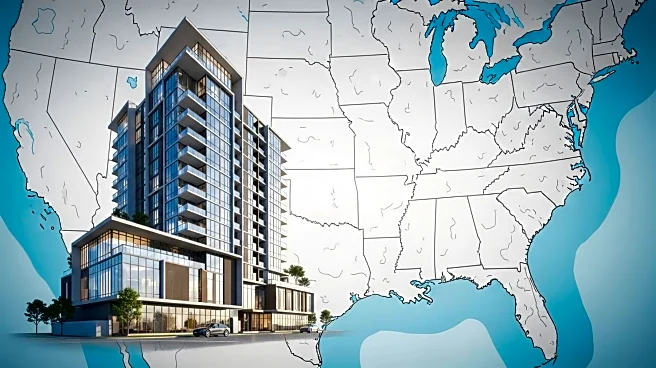Rapid Read • 6 min read
A recent report indicates that only 28% of U.S. homes are affordable for median-income buyers, a significant decrease from previous years due to rising mortgage rates. Despite a 15.7% increase in wages since 2019, the cost of borrowing has outpaced income growth, reducing the maximum affordable home price to $298,000. Cities like Milwaukee and Houston have seen the most significant drops in buying power, with Milwaukee experiencing a 10.5% decrease. The report highlights the challenges faced by potential homebuyers as they navigate a market with high interest rates and limited affordable options.
AD
The decline in home affordability poses a major challenge for the U.S. housing market, potentially delaying homeownership for many Americans. As borrowing costs rise, buyers are forced to adjust their expectations, often settling for smaller homes or less desirable locations. This trend could have long-term implications for the housing market, affecting demand and potentially leading to a slowdown in home sales. The situation underscores the need for policy interventions to address affordability issues and support potential homebuyers.
If mortgage rates remain high, the affordability crisis is likely to persist, prompting further adjustments in buyer behavior. Policymakers may need to consider measures to improve affordability, such as incentives for first-time buyers or adjustments to lending practices. Additionally, continued wage growth could help mitigate some of the affordability challenges, but significant improvements may require broader economic changes.
AD
More Stories You Might Enjoy












